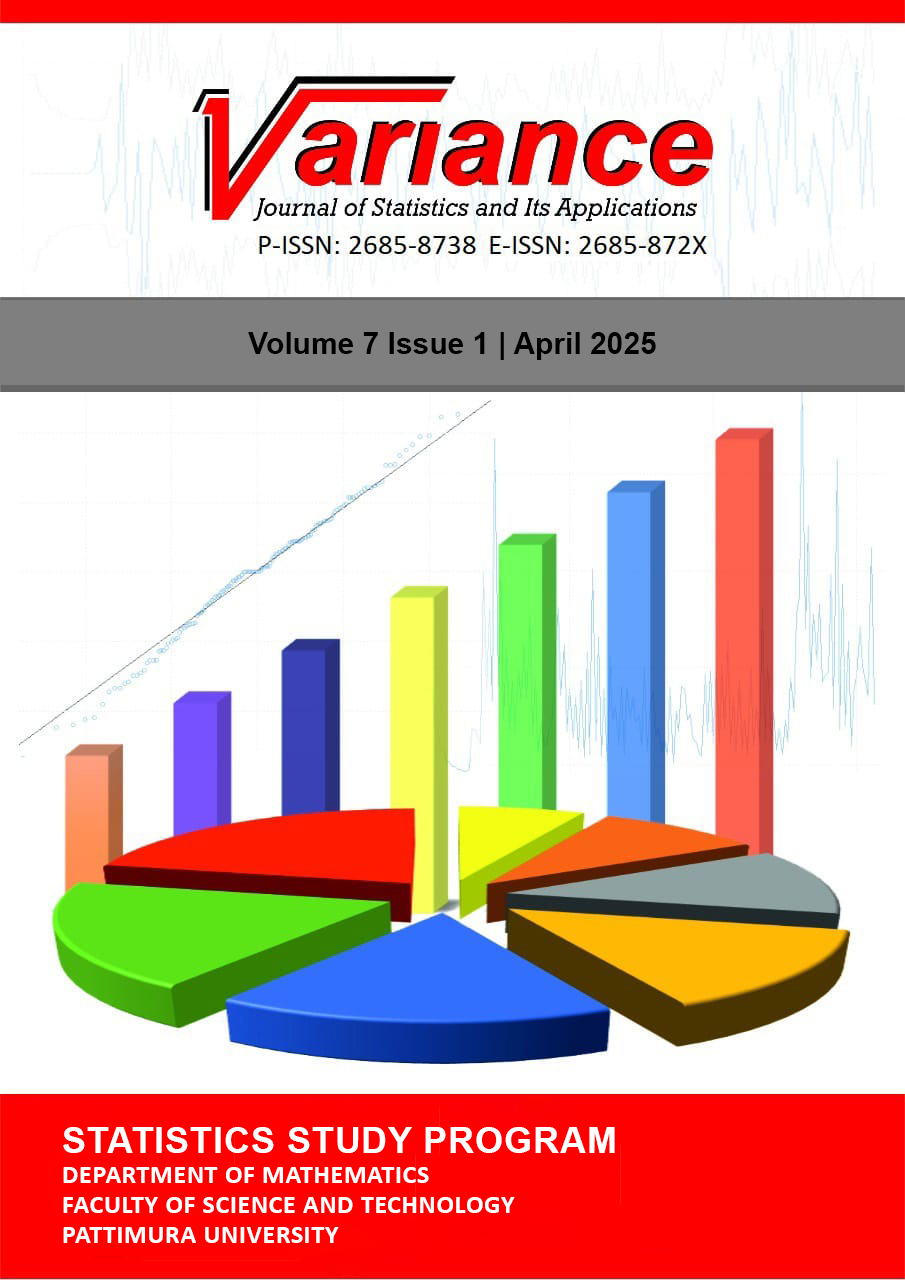ANALYSIS OF ECONOMIC GROWTH AND DEVELOPMENT INEQUALITY AMONG DISTRICTS/CITIES IN WEST NUSA TENGGARA PROVINCE USING THE WILLIAMSON INDEX, KLASSEN TYPOLOGY, AND LOCATION QUOTIENT METHODS
Abstract
West Nusa Tenggara Province faces low GRDP growth and significant economic disparities among its districts and cities. This study aims to analyze economic growth and development inequality using the Williamson Index, Klassen Typology, and Location Quotient methods. The Williamson Index shows high inequality, with values approaching 1 from 2018 to 2022. Klassen Typology categorizes districts into four quadrants: fast-growing (West Sumbawa, Mataram City), developing (Dompu, Bima City), developed but under pressure (West Lombok, Central Lombok, East Lombok, Sumbawa, Bima, North Lombok), and none in the underdeveloped category. The Location Quotient analysis highlights sectors with growth potential; however, some regions still rely on imports to meet local demand. The findings suggest targeted policies to enhance sector development and reduce economic disparities, fostering sustainable growth and improving welfare in West Nusa Tenggara Province.
Downloads
Copyright (c) 2025 VARIANCE: Journal of Statistics and Its Applications

This work is licensed under a Creative Commons Attribution-NonCommercial-ShareAlike 4.0 International License.



 Editorial Team
Editorial Team
 Peer Review Process
Peer Review Process Focus & Scope
Focus & Scope Open Acces Policy
Open Acces Policy Privacy Statement
Privacy Statement Author Guidelines
Author Guidelines Publication Ethics
Publication Ethics Publication Fees
Publication Fees Copyrigth Notice
Copyrigth Notice Plagiarism Screening
Plagiarism Screening Digital Archiving
Digital Archiving





